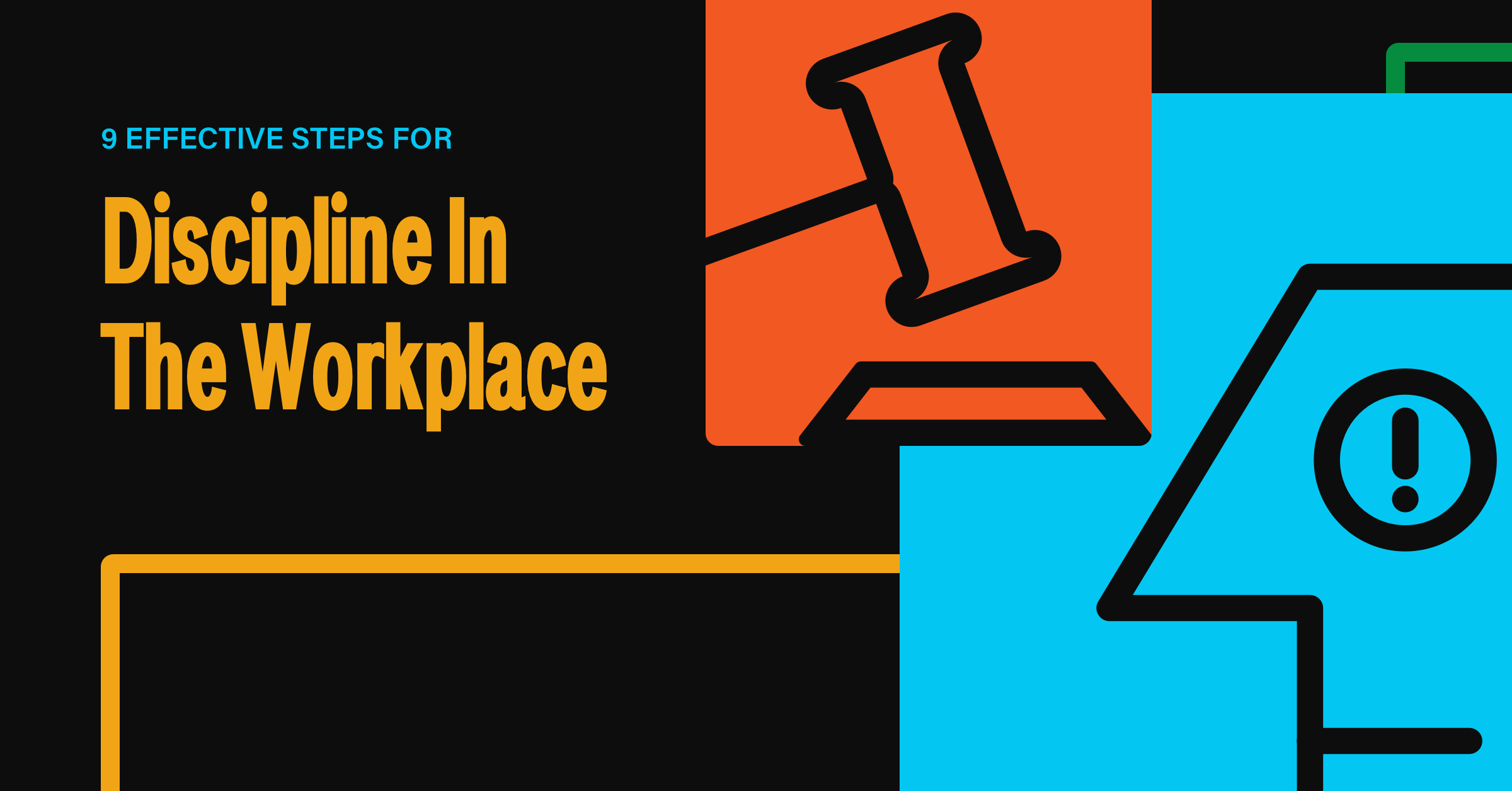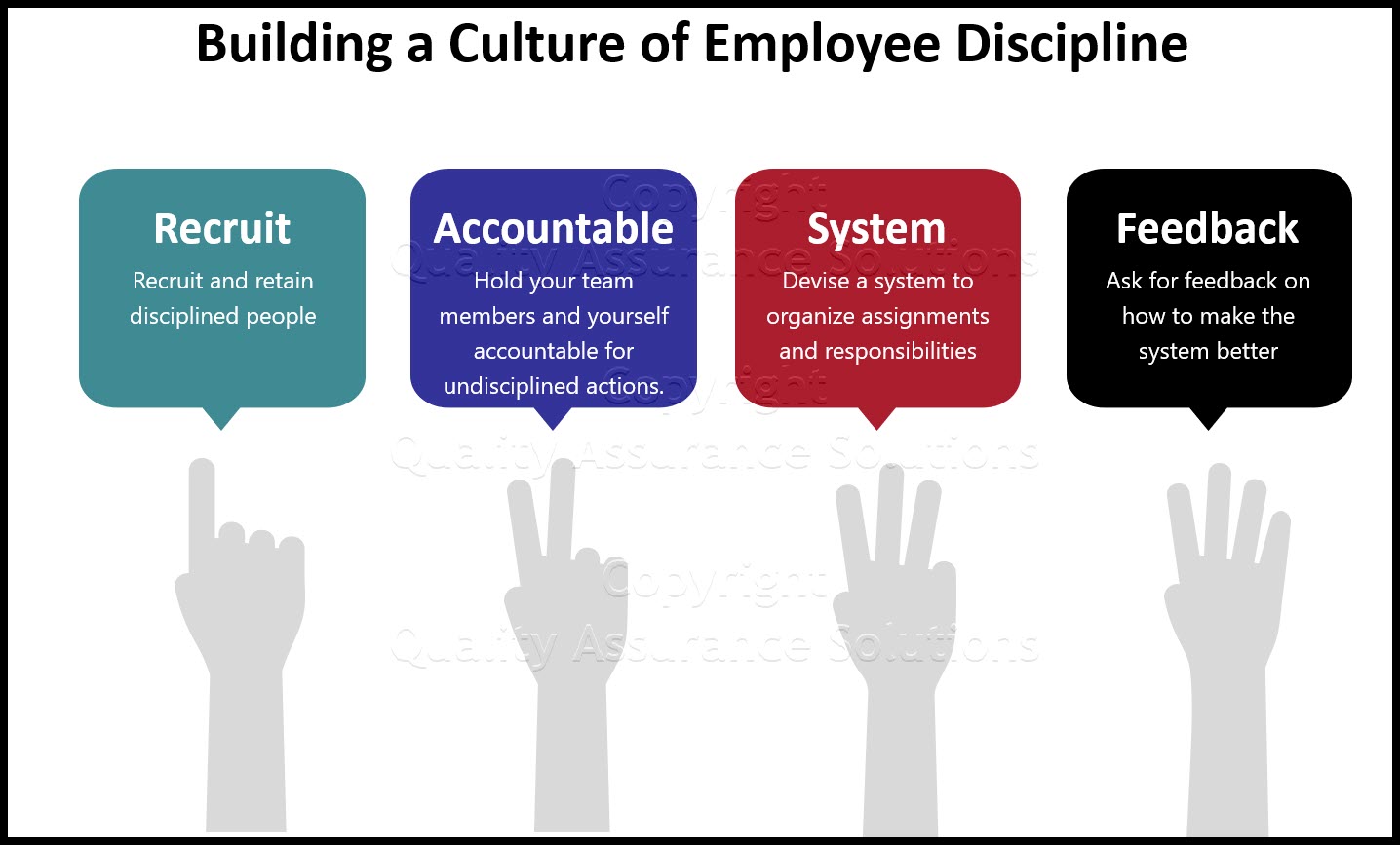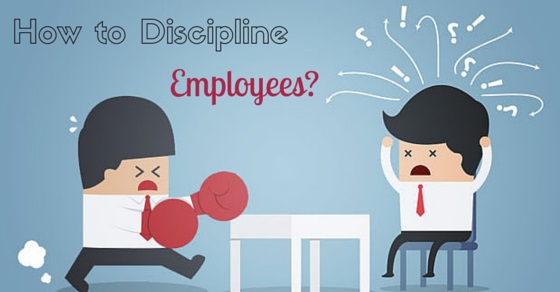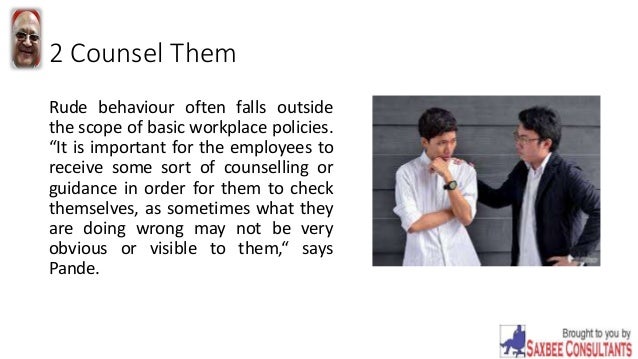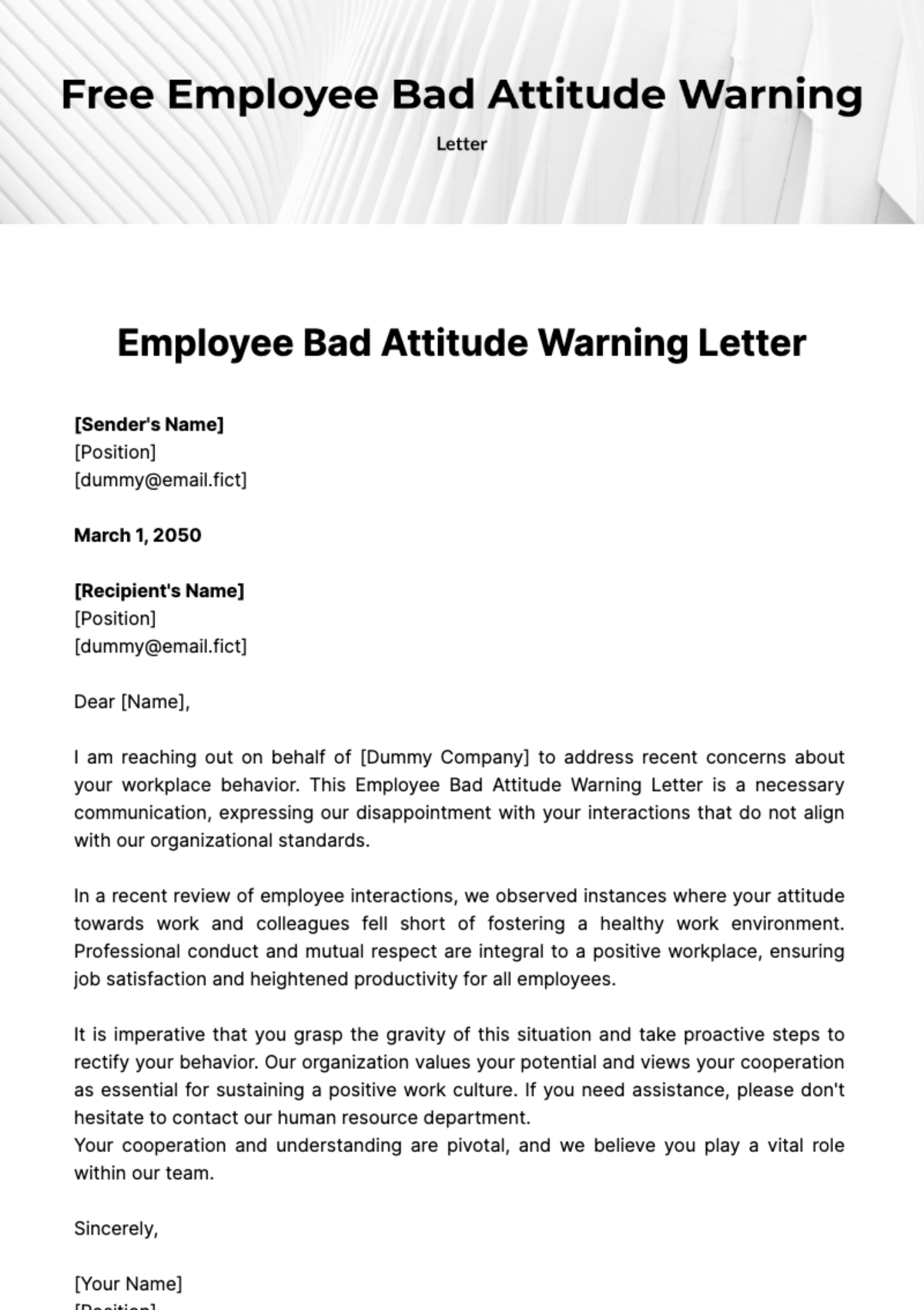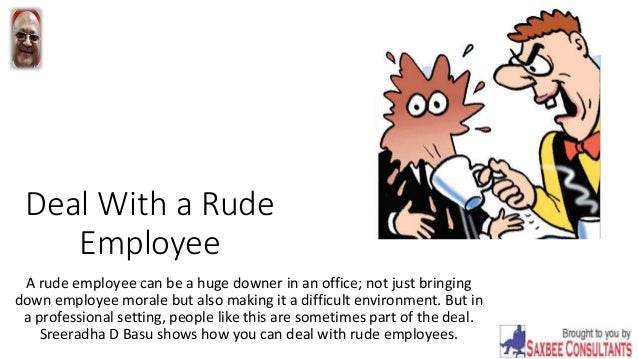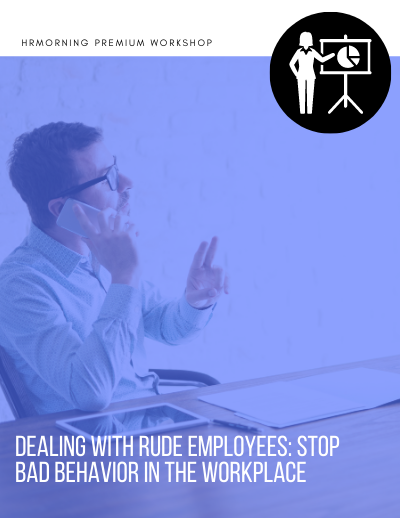How To Discipline An Employee For Rudeness

Employee rudeness is not just unpleasant; it's a serious workplace issue that can damage morale, productivity, and even a company's reputation. Addressing this misconduct swiftly and effectively is crucial for maintaining a professional and respectful work environment.
Understanding and Addressing Employee Rudeness
Rudeness in the workplace can manifest in various forms, from disrespectful language to dismissive behavior. Identifying the root cause and implementing appropriate disciplinary measures are key steps in rectifying the situation.
Defining Rudeness and Its Impact
Rudeness encompasses actions that are perceived as disrespectful, impolite, or offensive. This can include verbal insults, condescending remarks, ignoring colleagues, or other forms of dismissive behavior. A 2023 study by Harvard Business Review found that rudeness negatively affects productivity by as much as 20% and can increase employee turnover by 12%.
Immediate Steps Upon Witnessing Rudeness
When rudeness occurs, immediate action is essential. Document the incident, including the date, time, specific behaviors, and witnesses. This documentation will serve as a crucial reference during the disciplinary process.
Implementing Disciplinary Action
Disciplining an employee for rudeness requires a structured and fair approach. Ensure the process complies with company policies and legal requirements.
Step 1: Initial Conversation
Schedule a private meeting with the employee to discuss the reported behavior. Clearly and calmly explain the specific instances of rudeness and how they violate company policies. Give the employee an opportunity to explain their perspective.
Step 2: Formal Warning
If the rudeness is confirmed and the employee does not demonstrate sufficient remorse or commitment to change, issue a formal written warning. The warning should detail the unacceptable behavior, the consequences of future misconduct, and the performance expectations moving forward. According to SHRM (Society for Human Resource Management), a written warning should always be kept in the employee's file.
Step 3: Performance Improvement Plan (PIP)
For repeated offenses or more severe cases of rudeness, a Performance Improvement Plan (PIP) may be necessary. The PIP should outline specific behavioral goals, a timeline for improvement, and regular feedback sessions. Frequent monitoring and clear communication are essential during this phase.
Step 4: Further Disciplinary Actions
If the employee fails to improve despite warnings and a PIP, further disciplinary actions may be necessary. This could include suspension without pay or, in severe or repeated cases, termination of employment. Consulting with HR and legal counsel is crucial before taking such measures.
Legal Considerations
Ensure all disciplinary actions comply with employment laws and company policies. Avoid discriminatory practices and maintain consistency in applying disciplinary measures.
"Consistency is key to avoiding legal challenges," emphasizes employment lawyer Sarah Johnson of Miller & Zois.
Preventative Measures
Beyond addressing individual instances of rudeness, focus on creating a culture of respect. Implement training programs on workplace etiquette and conflict resolution. Promote open communication and encourage employees to report disrespectful behavior.
Addressing employee rudeness requires swift, fair, and consistent action. By following a structured disciplinary process and fostering a culture of respect, organizations can minimize the negative impact of rudeness and maintain a positive work environment. Ongoing monitoring and adjustments to strategies may be needed based on the company's specific needs and employee responses.

![How To Discipline An Employee For Rudeness How to Deal with Rude Female Coworkers: [Effective Solutions and Tips]](https://skillsforchange.com/wp-content/uploads/2023/10/Understanding-Rude-Behavior.png)



